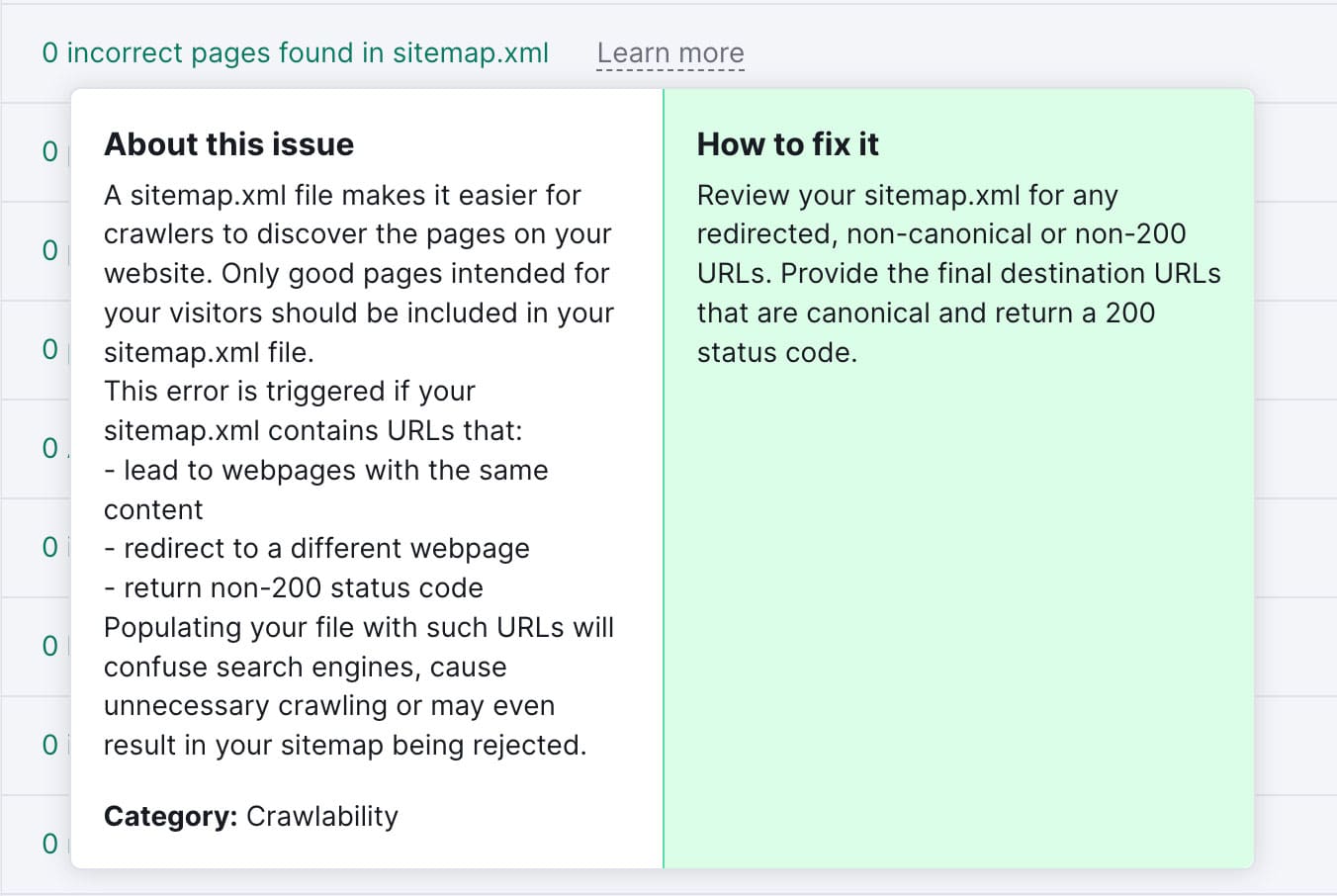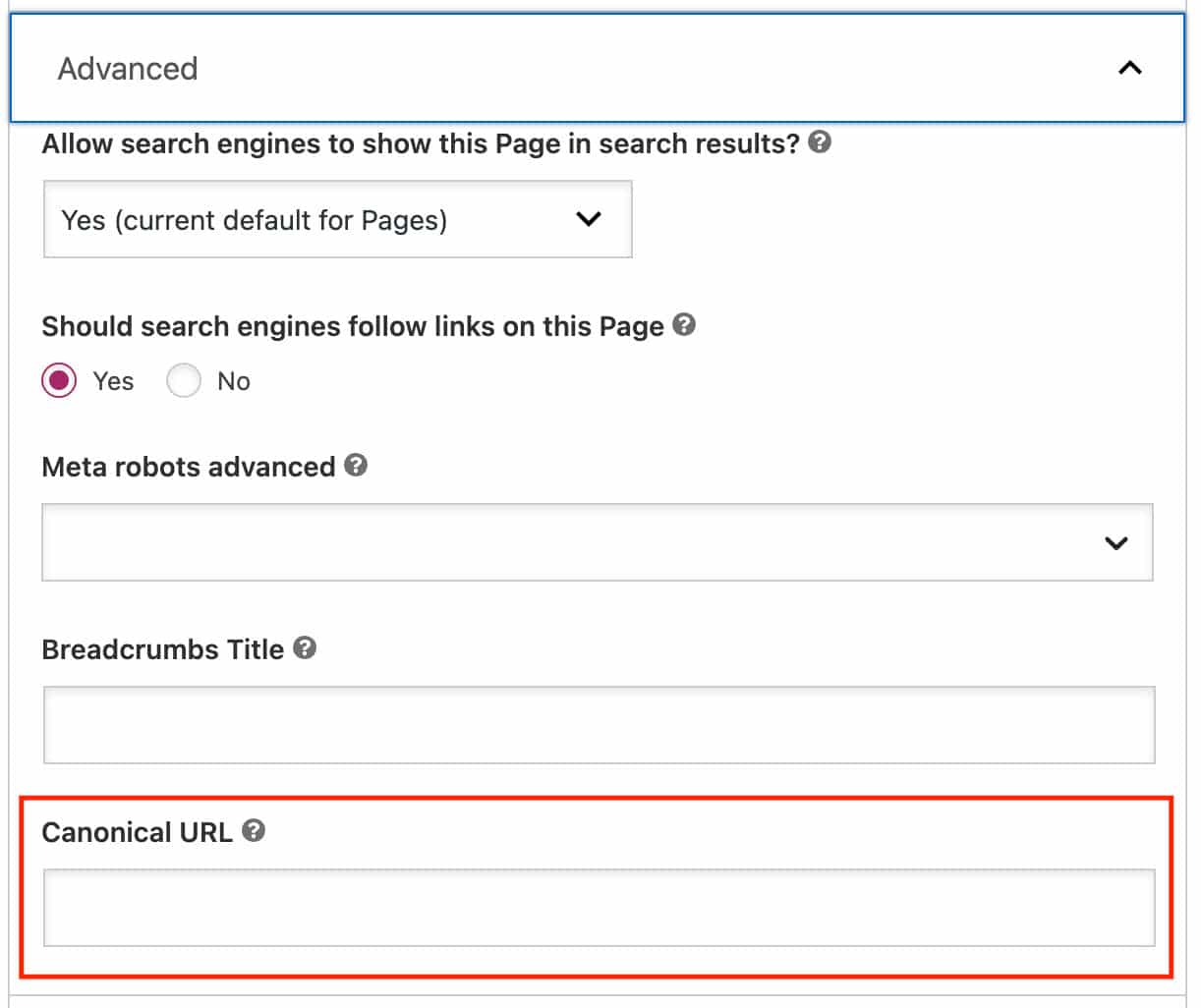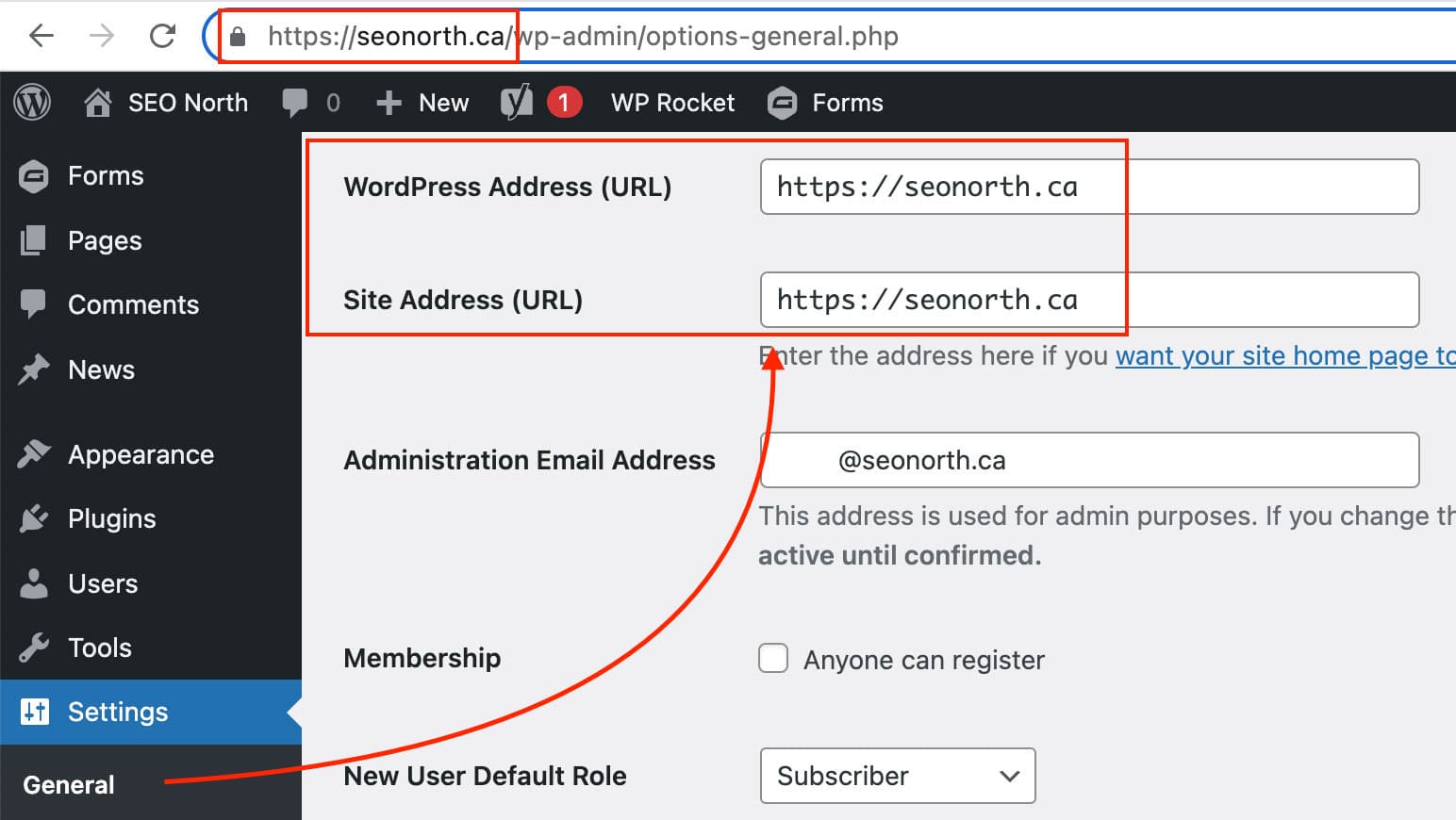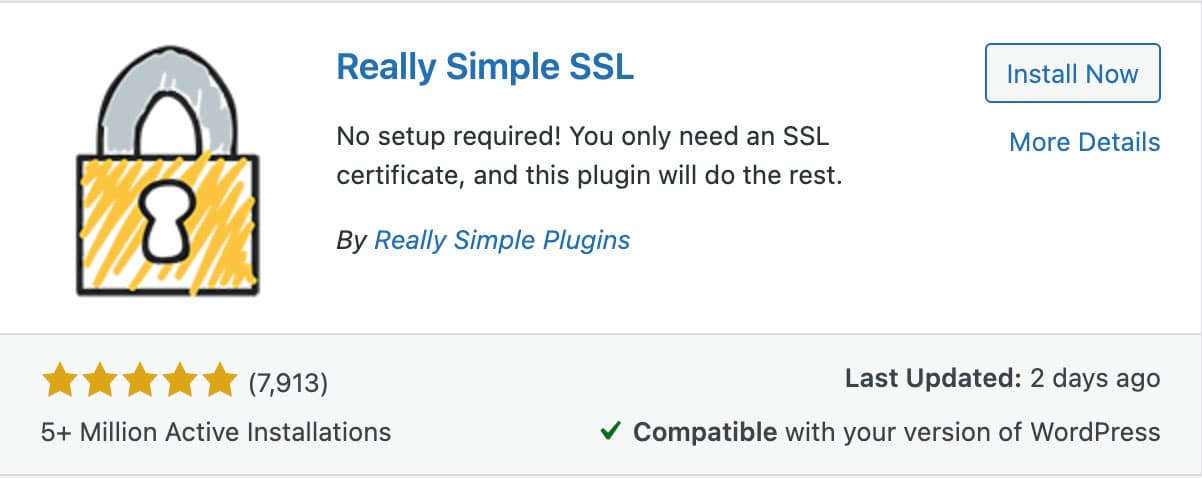Se você tiver encontrado o "URL não canônico no Sitemap" no seu site de comércio eletrônico, não se preocupe. Esta publicação do blog mostrará como corrigi-lo em apenas algumas etapas simples e o ajudará com sua tarefa técnica de SEO e a se tornar um webmaster em breve! Portanto, continue lendo e coloque seu site de volta nos trilhos!
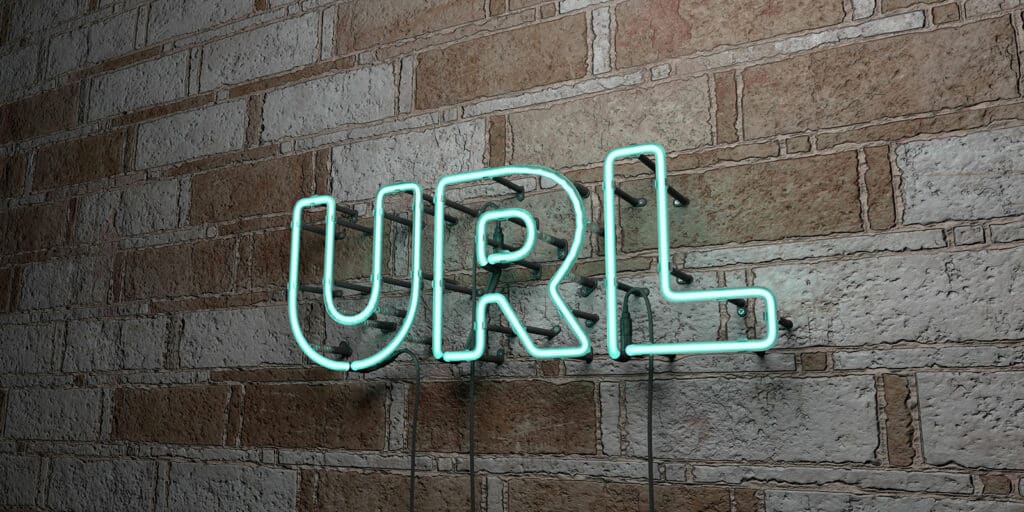
Tabela de Conteúdos
O que é uma URL não canônica?
A URL canônico ou página canônica é o URL preferencial de uma página da Web. Um URL não canônico é qualquer outra variação do endereço da página. A canonização é o processo de determinar qual versão de um URL é a versão "verdadeira" ou "preferencial" da página.
Exemplo de URL Canônico
https://seonorth.ca/Exemplos de NãoURLs canônicas da mesma página
https://seonorth.ca/https://seonorth.ca/https://seonorth.ca/?=1https://seonorth.ca/utm_source=newsletter&utm_medium=email&utm_campaign=spring_sale&utm_id=Isaac&utm_term=seo&utm_content=outreachOs mapas do site podem incluir URLs canônicas e não canônicas de erros de usuário ou de seu sistema de gerenciamento de conteúdo (CMS), selecionando a versão canônica incorreta.
Por que você não deve ter URLs não canônicos no seu mapa do site?
A O mapa do site ajuda os mecanismos de pesquisa a indexar o conteúdo do site. Entretanto, algumas páginas não devem ser incluídas em um mapa do site, pois não se destinam a ser indexadas pelos mecanismos de pesquisa. Essas páginas são conhecidas como URLs não canônicos. Os URLs não canônicos podem incluir páginas que têm problemas de conteúdo duplicado (URLs duplicados) de outras páginas do site ou que só podem ser acessadas por meio de parâmetros de URL diferentes. A inclusão dessas páginas em um mapa do site pode confundir os mecanismos de pesquisa. Por esse motivo, é essencial entender como identificar e excluir URLs não canônicos de um mapa do site.
Como faço para corrigir URLs não canônicas em um Mapa do Site?
Um mapa do site é um arquivo que contém uma lista de todas as URLs em seu site. Esta lista ajuda os mecanismos de busca crawl e indexar seu site com mais eficiência. URLs não canônicos ou páginas não canônicas são versões duplicadas da mesma página, o que pode ocorrer por vários motivos (por exemplo, WWW vs. não-WWW, HTTP vs. HTTPS). Esses conteúdos idênticos ou páginas semelhantes podem causar problemas para o seu site, pois podem ser indexados pelos mecanismos de pesquisa, prejudicando a classificação do seu site. Continue lendo para saber como corrigir estes erros rapidamente:
Identificar as URLs não canônicas
Primeiro, identifique quais URLs são não canônicos no seu Sitemap. Os URL não canônico O erro aparece na auditoria da SEMrush em "Páginas incorretas encontradas no mapa do site.xml" ou usando um rastreador de sites como o Screaming Frog. No Screaming Frog, você pode encontrar os erros na guia Canonicals em uma verificação.
Encontre a URL Canônica Correta
Abra os relatórios de erros URL não canônico no seu navegador e, em seguida, determine qual deve ser o canônico correto. Você pode fazer isso comparando o URL do navegador e visualização do HTML código-fonte.
No código-fonteVocê estará procurando o rel etiqueta canônica ou também conhecido como link canônico:
<link rel="canonical" href="https://example.com/">Qual deve ser o etiqueta canônica? Normalmente, é a versão mais amigável do URL, algo que você poderia facilmente compartilhar com um amigo.
Atualizar a URL
Usando um CMS como o WordPress e o Levedura pluginvocê pode atualizar o URL Canônico conectado ao seu site em Advanced Levedura Configurações. Outros SEO plugins usam uma abordagem semelhante; se você criou o mapa do site manualmente, precisará editar o arquivo.
WWW vs nãoWWW
Se você percebeu que a maior parte do seu site tem URLs ou redirecionamentos incompatíveis, criando um erro não canônico:
Por exemplo, www.seonorth.ca vs. seonorth.ca (ou HTTP vs. HTTPS)
É mais fácil e rápido consertar o WordPress Endereço + Endereço do site, além de usar Melhor busca e substituição plugin para resolver seu problema e adicionar URLs absolutos, em vez de reparar páginas individuais.
SSL vs. não-SSL
O Really Simple SSL detecta automaticamente suas definições e configura seu site para ser executado em HTTPS. Todo o site será movido para SSL. Isso inclui seu página inicialpáginas, postagens, tipos de postagens personalizadas, categorias, tags, imagens, widgets... Tudo!
Portanto, se você notou que o conteúdo não seguro está criando erros não canônicos, esta é a correção mais rápida e fácil.
Conclusão
Se ainda tiver problemas com o erro "URL não canônico no Sitemap" depois de seguir essas instruções, não hesite em entrar em contato conosco para obter ajuda. Nossa equipe de especialistas terá o maior prazer em ajudá-lo a fazer com que seu site volte a funcionar da forma mais tranquila possível. Obrigado pela leitura!
Perguntas frequentes
As URLs canônicas são ruins para SEO?
Publicado em: 2022-08-24
Atualizado em: 2024-04-04
